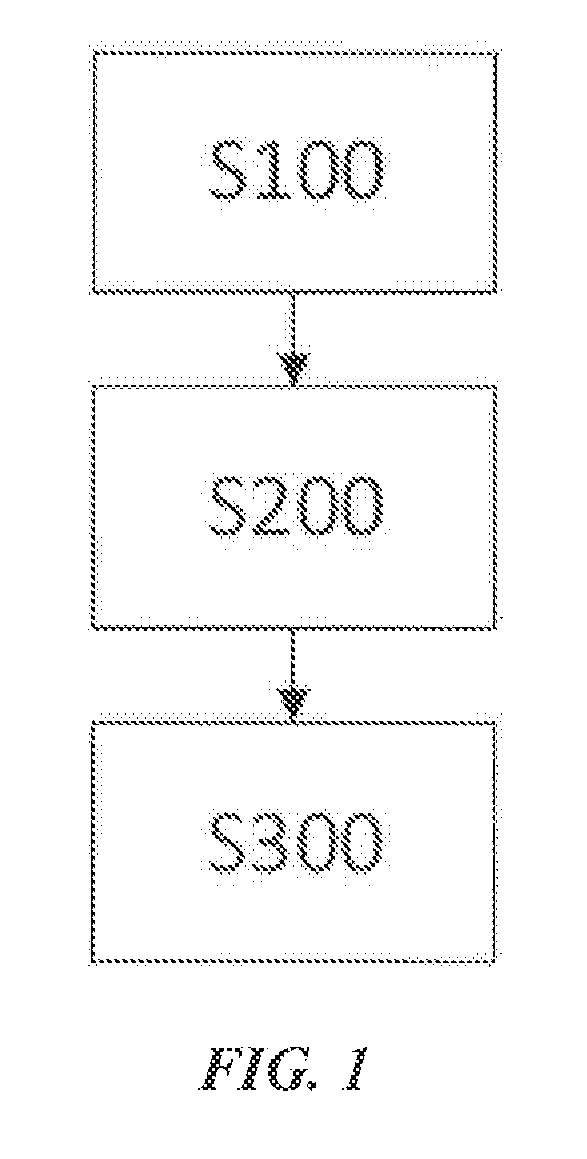Method for cloudlet-based optimization of energy consumption
- Summary
- Abstract
- Description
- Claims
- Application Information
AI Technical Summary
Benefits of technology
Problems solved by technology
Method used
Image
Examples
embodiment 1
[0038]The present embodiment discloses a method for cloudlet-based optimization of energy consumption. The disclosed method may comprise: building a cloudlet system that comprises at least two cloudlets. When a mobile device enters a cover area of one cloudlet and wirelessly connects to the cloudlet, the cloudlet system can provide the mobile device with cloud computing service. Preferably, the at least two cloudlets are communicatively connected to each other. Preferably, when the mobile device is connected to the cloudlets, it becomes part of the cloudlet system. Preferably, the cloudlet system may further comprise: a management device. The management device collects information about various constitutive devices of the cloudlet system and analyzes and processes it into system data. For example, the management device may acquire cloudlet configuration information and cloudlet state information about the at least two cloudlets. Therein, the cloudlet configuration information may co...
embodiment 2
[0062]The present embodiment is further improvement based on Embodiment 1, and the repeated description is omitted herein.
[0063]The present invention further provides a device for cloudlet-based optimization of energy consumption. The device comprises: an initial operating frequency setting module 200, used for acquiring system data related to the mobile device from the cloudlet system for analyzing a data volume to be handled by the mobile device locally and setting an initial operating frequency FLinitial, for a first processor of the mobile device according to the data volume; and / or a Markov scheduling module 300, used for based on a tolerable latency range T of a task queue, dynamically deciding a scheduling strategy for individual task of the task queue using a Markov Decision Process, and setting a present operating frequency FL for the first processor of the mobile device corresponding to the scheduling strategy, so as to enable the mobile device to complete the tasks within...
embodiment 3
[0075]The present embodiment is further improvement based on Embodiments 1 and 2 and the combination thereof, and the repeated description is omitted herein.
[0076]The present invention further discloses a processor configured to perform the following steps:
Step S200: acquiring system data related to the mobile device from the cloudlet system for analyzing a data volume to be handled by the mobile device locally and setting an initial operating frequency FLinitial for a first processor of the mobile device according to the data volume; and
Step S300: based on a tolerable latency range T of a task queue, dynamically deciding a scheduling strategy for individual task of the task queue using a Markov Decision Process, and setting a present operating frequency FL for the first processor of the mobile device corresponding to the scheduling strategy, so as to enable the mobile device to complete the tasks within the tolerable latency range T with minimal energy consumption.
[0077]According t...
PUM
 Login to View More
Login to View More Abstract
Description
Claims
Application Information
 Login to View More
Login to View More - R&D
- Intellectual Property
- Life Sciences
- Materials
- Tech Scout
- Unparalleled Data Quality
- Higher Quality Content
- 60% Fewer Hallucinations
Browse by: Latest US Patents, China's latest patents, Technical Efficacy Thesaurus, Application Domain, Technology Topic, Popular Technical Reports.
© 2025 PatSnap. All rights reserved.Legal|Privacy policy|Modern Slavery Act Transparency Statement|Sitemap|About US| Contact US: help@patsnap.com



